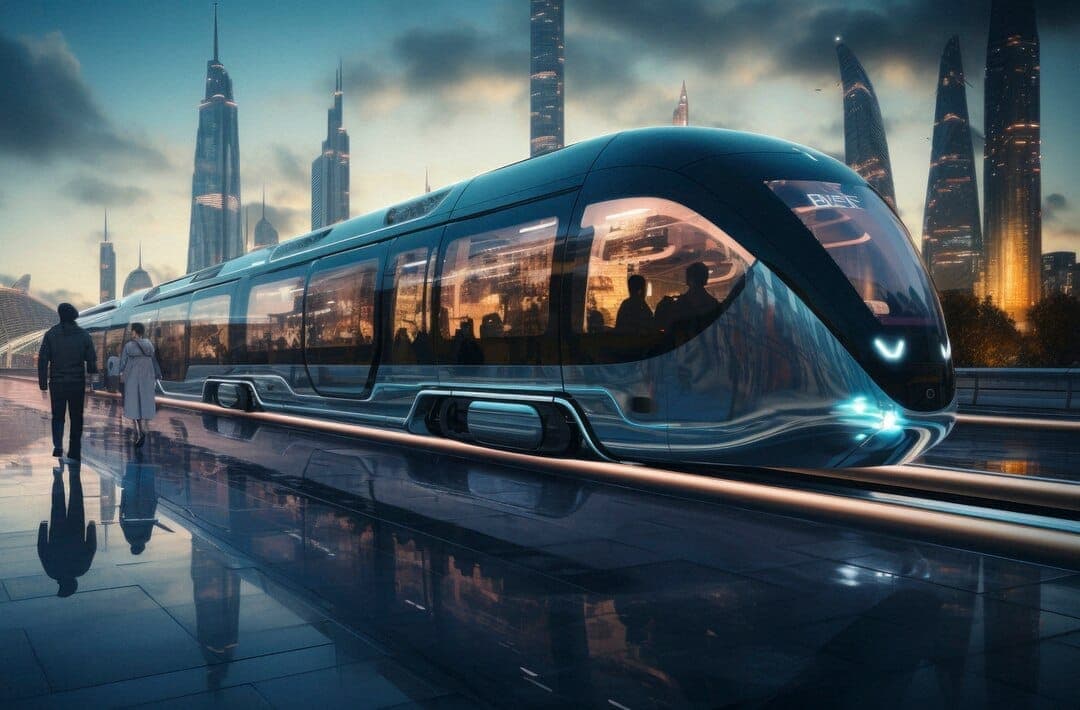
Eithad Rails
May 2, 2025
Etihad Rail is revolutionizing UAE transport, connecting all emirates and linking to the GCC, boosting trade, reducing emissions, and enhancing mobility.
Etihad Rail stands as a monumental initiative in the United Arab Emirates, aiming to revolutionize the nation's transportation infrastructure. Spanning approximately 1,200 kilometers upon completion, this national railway network is designed to connect all seven emirates, linking key industrial hubs, ports, and urban centers. The project not only enhances domestic connectivity but also integrates the UAE into the broader Gulf Cooperation Council (GCC) railway network, fostering regional trade and mobility.
Project Phases and Progress
Initiated in 2009, Etihad Rail's development is structured into multiple stages:
- Stage One: Completed in 2016, this phase covers 264 kilometers, primarily facilitating the transport of granulated sulfur from Shah and Habshan to the port of Ruwais.
- Stage Two: Commenced in 2020, this extensive phase adds 605 kilometers, connecting Ghuweifat on the Saudi border to Fujairah on the east coast. As of early 2023, significant portions of this stage are operational, marking a substantial leap in the network's expansion.
- Future Developments: Plans are underway for a high-speed rail line between Abu Dhabi and Dubai, projected to cover 150 kilometers and reduce travel time to approximately 30 minutes. This line is expected to be operational by 2030, further enhancing intercity connectivity.
Economic and Environmental Impact
Etihad Rail is poised to significantly bolster the UAE's economy by streamlining freight transport, reducing logistics costs, and enhancing supply chain efficiency. The shift from road to rail is anticipated to alleviate road congestion, decrease traffic accidents, and lower greenhouse gas emissions. Specifically, the railway is projected to reduce CO₂ emissions by 21% annually by 2050, aligning with the UAE's commitment to sustainable development.
Regional Integration and Future Prospects
Beyond national borders, Etihad Rail is instrumental in fostering regional integration. A notable development is the joint venture between Etihad Rail and Oman Rail, aiming to construct a 300-kilometer line connecting Abu Dhabi with the port of Sohar in Oman. This initiative underscores the project's role in enhancing cross-border trade and mobility within the GCC.
Conclusion
Etihad Rail represents a transformative stride in the UAE's pursuit of a diversified, sustainable, and interconnected economy. By bridging emirates and neighboring countries through a state-of-the-art railway network, the project is set to redefine transportation, stimulate economic growth, and contribute to environmental
conservation.